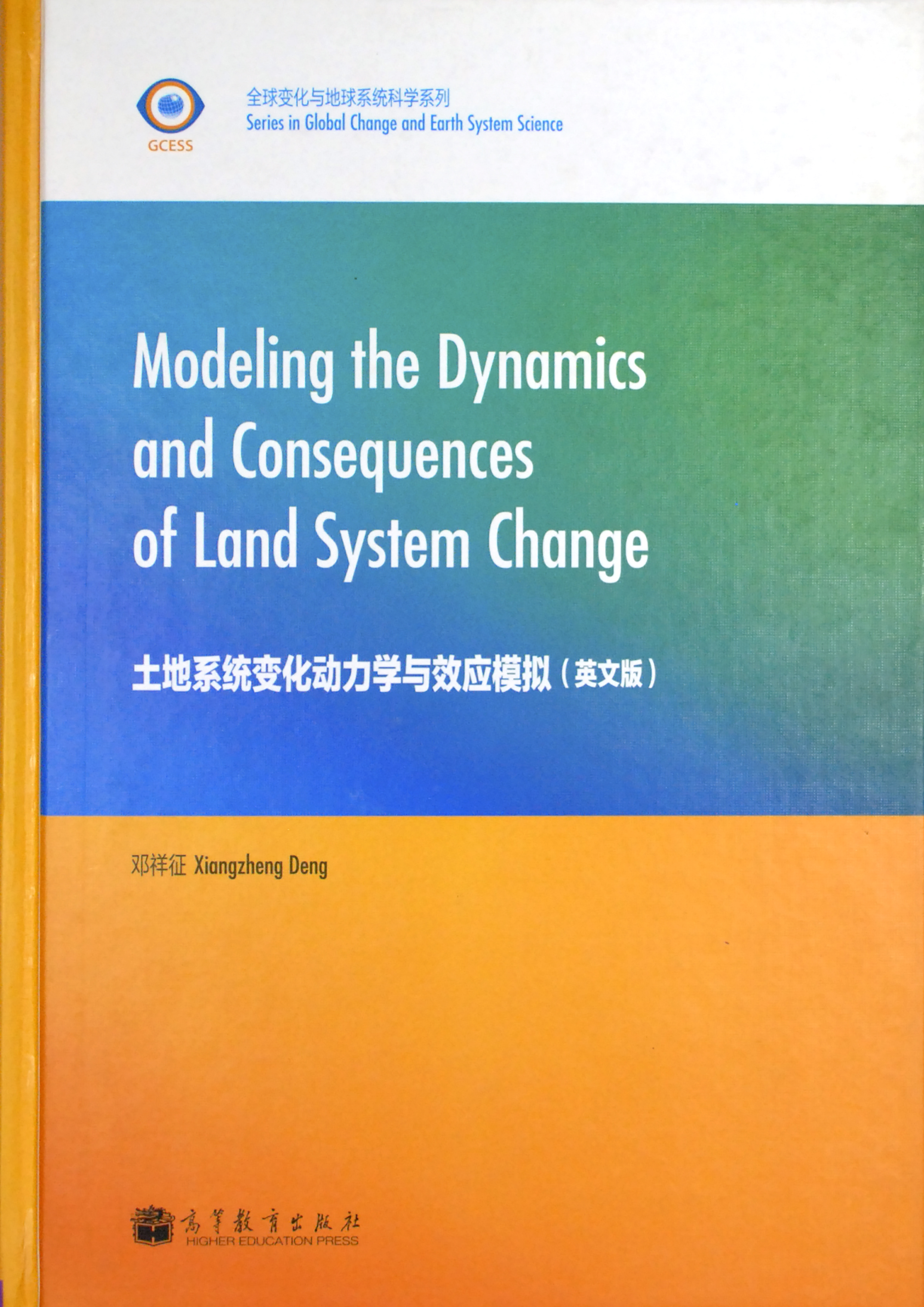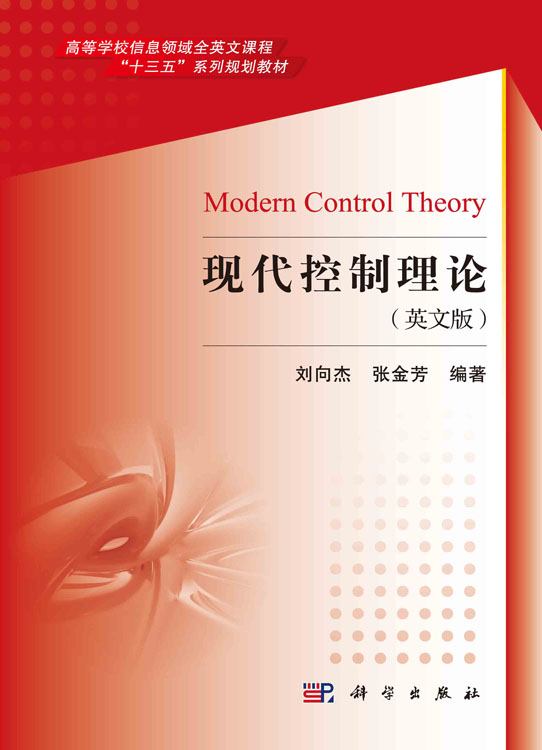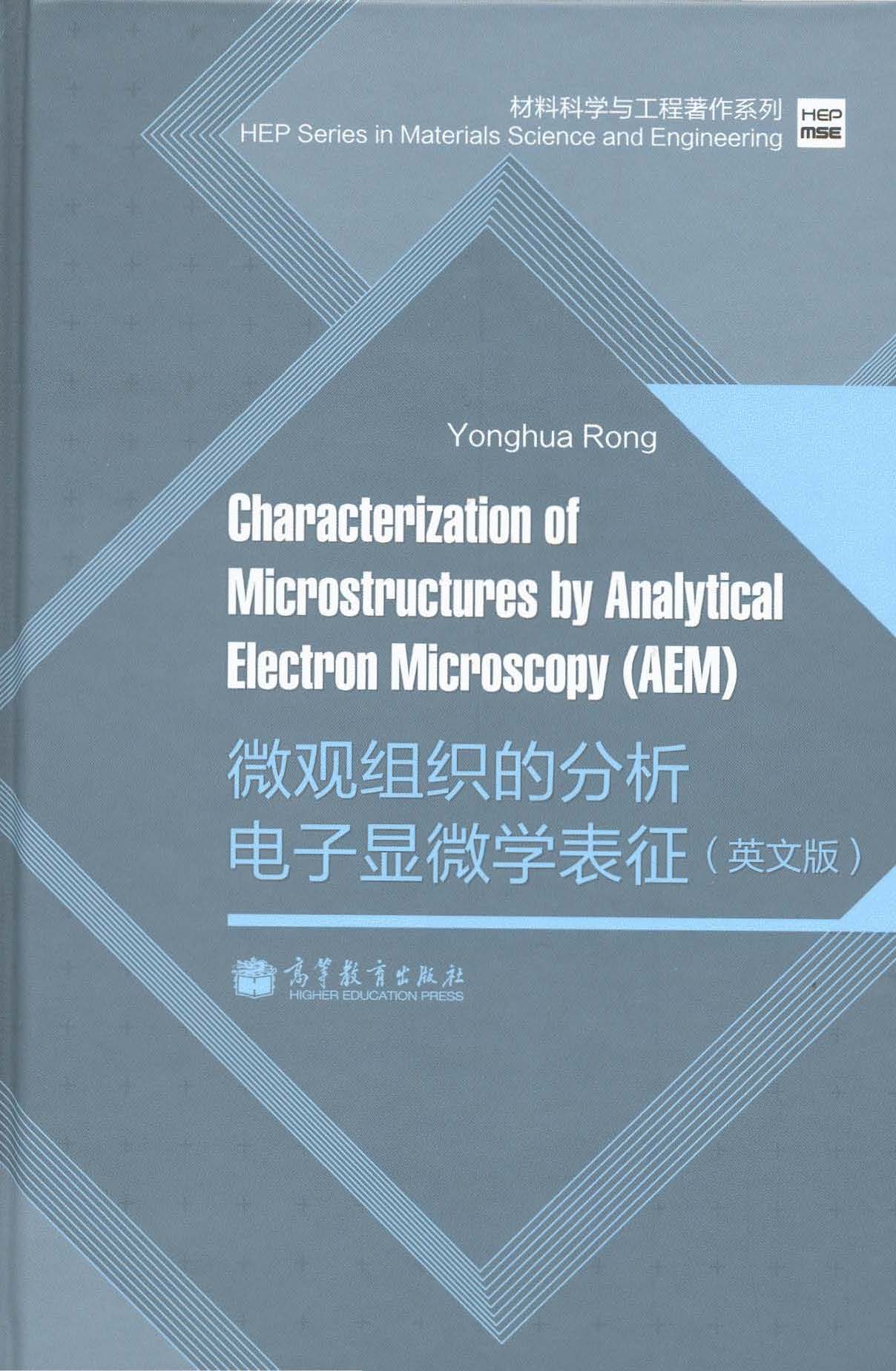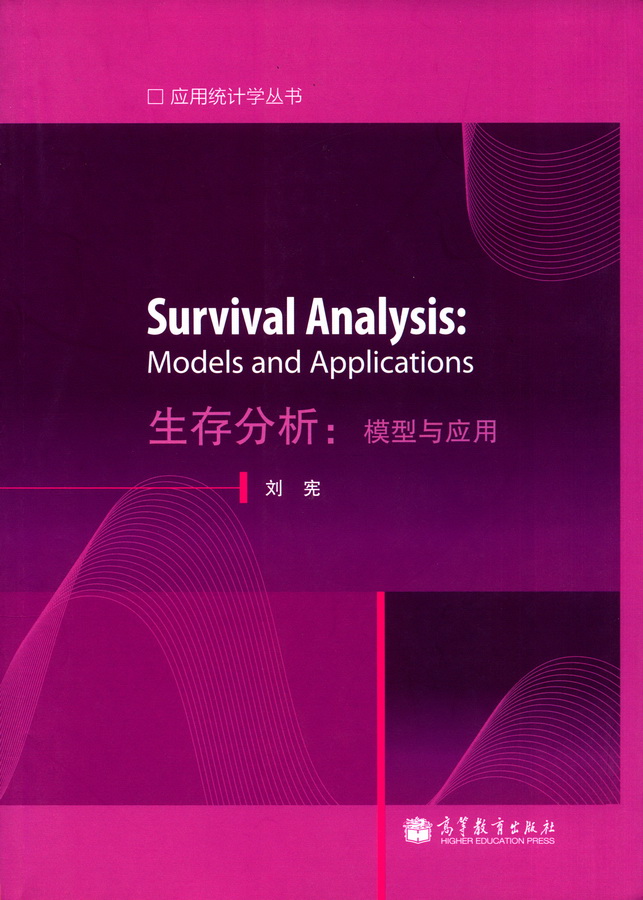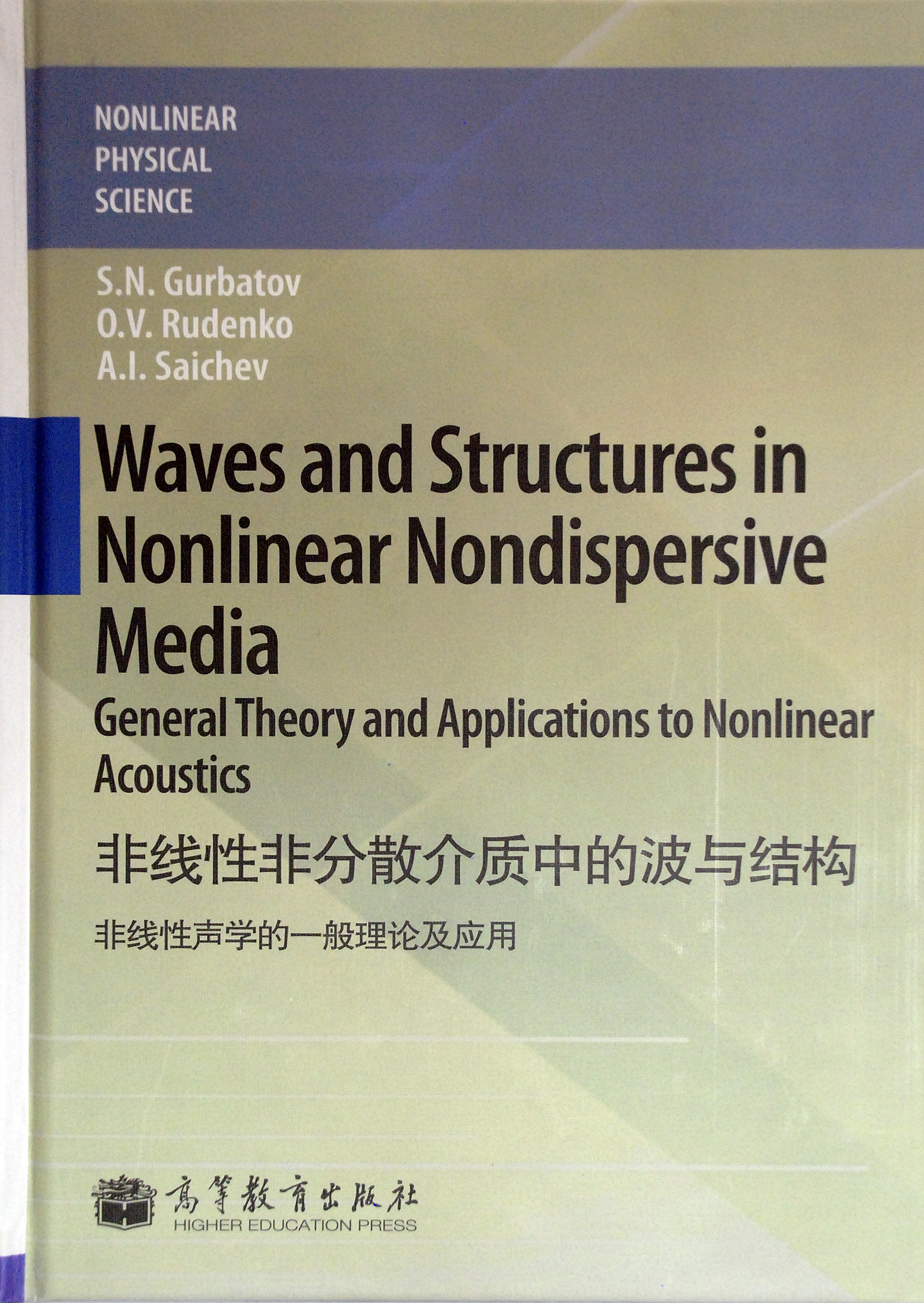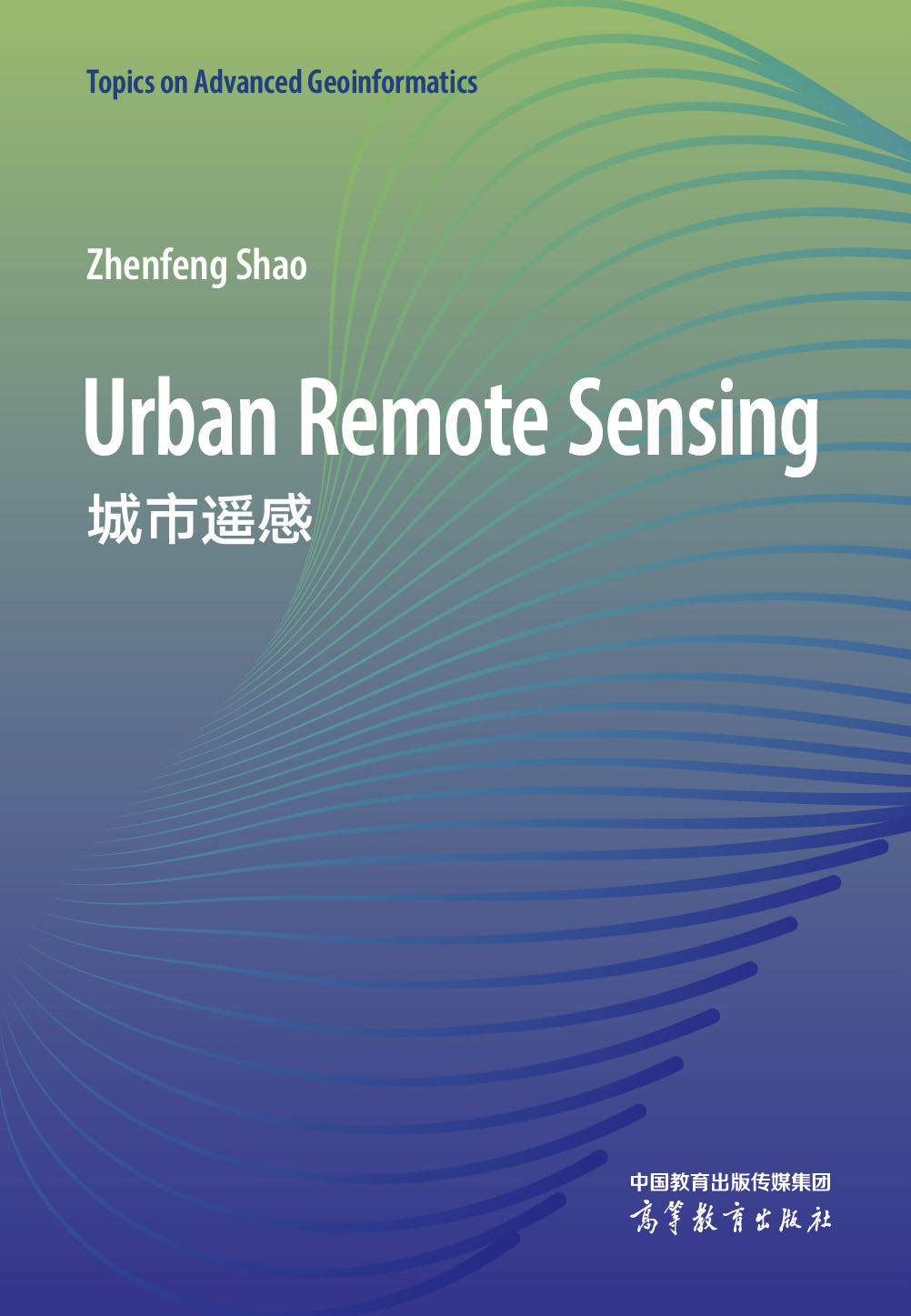土地系统变化动力学与效应模拟(英文版)
作者: 邓祥征
出版时间:2011-04
出版社:高等教育出版社
- 高等教育出版社
- 9787040314892
- 1版
- 227438
- 48266624-5
- 精装
- 异16开
- 2011-04
- 300
- 320
- 理学
- 地质学类
- F301.24-39
- 环境、地学类
- 研究生及以上
《土地系统变化动力学与效应模拟(英文版)》系统介绍了作者自主研发的土地系统变化动力学与效应模拟的三层次结构模型的构架、模块和原理。重点介绍了构成 模型的三大模块——基于CGELUC的区域土地利用结构预测、基于DLS的栅格尺度土地利用格局模拟、基于ESLP的土地系统变化效应评估模块——的功能 与应用。适用于土地利用与土地系统、区域环境变化、生态保育规划等专业的研究者参考,同时也能为土地资源开发利用管理部门与环境保护部门提供借鉴。
Front Matter
Chapter 1 Land System and Research Plans
1.1 Land System
1.1.1 Structure of the Land System
1.1.2 Theory and Methodology of Land System Research
1.1.3 Procedures of Land System Research
1.1.4 Model Architecture of a Land System
1.1.5 Approaches to Land System Research
1.2 Research Plans and Achievements of the LUCC Plan
1.2.1 Identi¯cation of Land Uses
1.2.2 Progress of Land Use Research
1.2.3 Research Achievements of the LUCC Plan
1.3 The Global Land Project
1.3.1 Background
1.3.2 Formation and Development of the GLP
1.4 Summary
References
Chapter 2 Modeling Framework
2.1 Modeling Strategy at Regional and Pixel Scales
2.1.1 Modeling Procedures for Conversion from Pixel to Regional Scales
2.1.2 Accuracy Veri¯cation and Deduction from the Pixel Scale to the Regional Scale
2.2 Shift from Mechanism Analysis to E®ects Assessment
2.2.1 Mechanism Analysis of the Dynamics of Land System Change
2.2.2 E®ects Assessment
2.2.3 Multiple Scales in the Dynamics of Land System Change
2.2.4 Key Processes from the Mechanism Analysis to the E®ects Assessment
2.3 Summary
References
Chapter 3 The CGELUC Model and Its Application
3.1 The CGELUC Model
3.1.1 Framework of the CGELUC Model
3.1.2 Modules of the CGELUC Model
3.2 The CGELUC Model Database
3.2.1 Database of Thematic Quantitative Analysis
3.2.2 The SAM
3.2.3 Preparation of the SAM Parameters
3.3 Methods of SAM Compilation
3.3.1 Compilation of the Macroscopic SAM
3.3.2 Subdivision of the Macroscopic SAM
3.3.3 Balancing the SAM
3.4 Summary
References
Chapter 4 The DLS Model and Its Application
4.1 Principles and Function Modules of the DLS Model
4.1.1 Fundamental De¯nition
4.1.2 Features of the DLS Model
4.1.3 Framework of the DLS Model
4.1.4 Application
4.1.5 Function Modules of the DLS Model
4.1.6 Explanatory Linear Model of Land Use Pattern
4.1.7 Explanatory Nonlinear Model of Land Use Pattern
4.1.8 Spatial Allocation of the Changing Area of Land Uses
4.2 DLS Installation and Con¯guration
4.2.1 DLS Installation
4.2.2 Con¯guring the DLS Operating Environment
4.3 DLS Input Parameter Preparation
4.3.1 Simulation Condition Setting Parameters
4.3.2 Spatial Analysis Parameters
4.3.3 Driving Factor Data
4.3.4 Land Demand Scenario Data
4.3.5 Restricted Region Code Data
4.3.6 Land Use Type Data
4.4 DLS Operation and Results Output
4.4.1 DLS Operation
4.4.2 Results Output
4.5 Summary
References
Chapter 5 Estimation System for Land Productivity and Its Applications
5.1 Estimation System for Land Productivity
5.1.1 Fundamental Principles
5.1.2 Parameters
5.1.3 Function Modules
5.2 Operation of the Estimation Model
5.2.1 Temperature Interpolation
5.2.2 LGP Identi¯cation
5.2.3 Radiation Data Preparation
5.2.4 Estimation of E®ective Radiation
5.2.5 Potential Thermal Productivity
5.2.6 Potential Climate Productivity
5.2.7 Potential Land Productivity
5.2.8 Land Productivity
5.3 Summary
References
Chapter 6 Simulation of Structural Change in Land Use in Jiangxi Province Using the CGELUC Model
6.1 Design of the SAM in Jiangxi Province
6.1.1 Overview of Jiangxi Province
6.1.2 Compilation of the SAM in Jiangxi Province for 2007
6.2 Design of the CGELUC Model for Jiangxi Province
6.2.1 GAMS Operating Environment
6.2.2 Structure of the CGELUC Model for Jiangxi Province
6.2.3 Scenario Design
6.3 Analysis of Simulation Results of Land Use Structure in Jiangxi Province
6.3.1 Land Use Change Based on Di®erent Scenarios
6.3.2 Comparative Analysis of Land Use Structure under Di®erent Scenarios
6.4 Summary
References
Chapter 7 Modeling the Dynamics of the Land System in an Agriculture-Pasture Transition Zone in China
7.1 Taips League Background
7.1.1 Location
7.1.2 Climate
7.1.3 Terrain and Landform
7.1.4 Soil
7.1.5 Hydrology
7.1.6 Vegetation
7.1.7 Natural Disasters
7.2 Simulation of Land Use Pattern Changes in the Taips League
7.2.1 Data Preparation
7.2.2 Analysis of Driving Forces
7.2.3 Scenario Design
7.2.4 Conversion Rules
7.2.5 Simulation Results
7.3 Summary
References
Chapter 8 Estimation of the Impacts of Land Sys Change on Land Productivity in the North China Plain
8.1 Historical Land Productivity in the North China Plain
8.1.1 Overview of the North China Plain
8.1.2 Data and Processing
8.1.3 Estimation of Land Productivity in the 1990s
8.1.4 Validation of Land Productivity Results
8.2 Future Land Productivity
8.2.1 Data and Data Handling
8.2.2 Estimation Results for Land Productivity in 2010
8.2.3 Results of Estimation of Land Productivity in 2020
8.3 Impact of Cultivated Land Use Change on Land Productivity
8.3.1 Simulation of Future Cultivated Land Use Change in the North China Plain
8.3.2 Analysis of the E®ects of Cultivated Land Use Change on Total Land Productivity
8.3.3 Recommendations for Land Use Policies
8.4 Summary
References
Conclusions and Further Research
Appendix 1 VBA Program of RAS Method
Appendix 2 SAM of Jiangxi Province in 2007
Index
彩图

